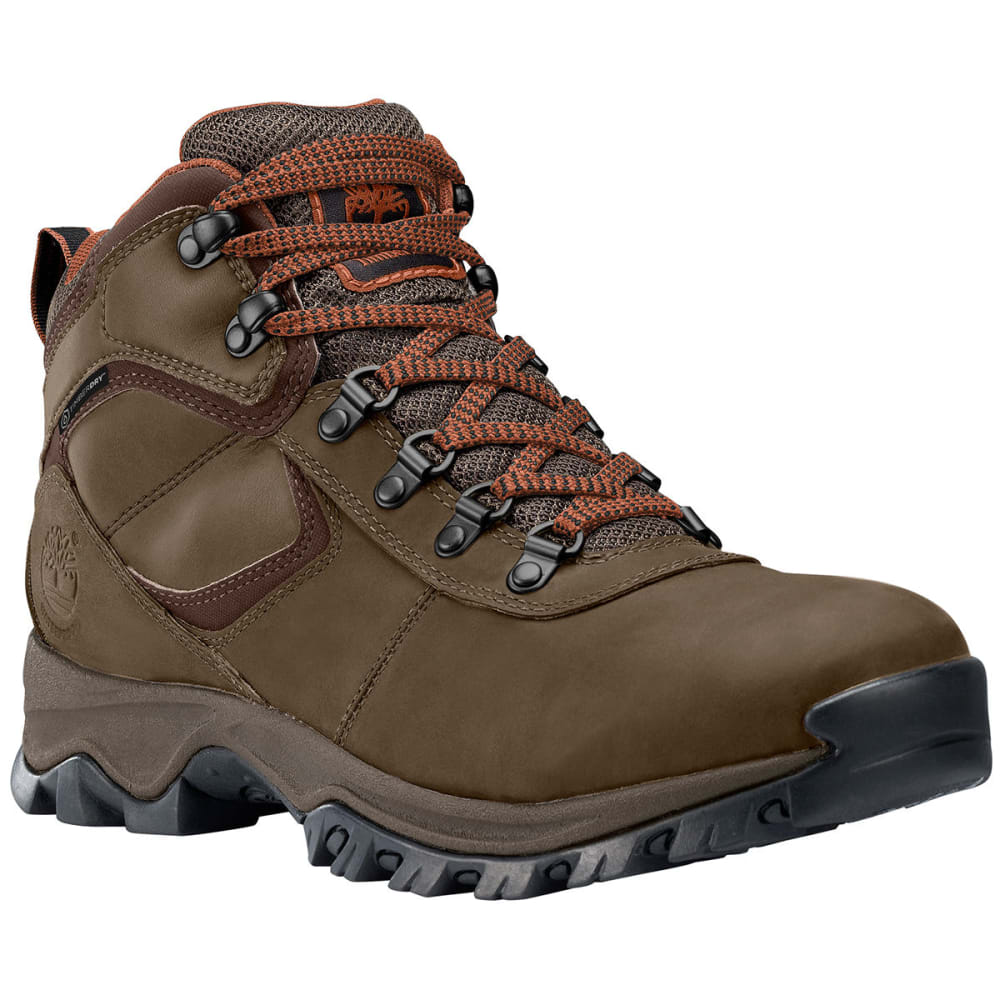Step into Adventure: Unveiling the Ultimate Hiking Boot Guide

Hiking boots are an essential piece of gear for any outdoor enthusiast. Whether you're a seasoned hiker or just starting out on your adventures, having the right pair of boots can make all the difference in your comfort and performance on the trails. With so many options available on the market, finding the perfect hiking boots may seem like a daunting task. But fear not, because in this guide, we will help you navigate through the vast array of choices and unveil the ultimate hiking boot that will take you to new heights.
When it comes to hiking boots, there is no one-size-fits-all solution. Different terrain, climate, and personal preferences all come into play when selecting the right pair. From rugged mountain trails to muddy forest paths, each adventure calls for specific features and technologies in your hiking boots. Dwight’s Outdoors will delve into the world of hiking boot construction, materials, and designs to help you make an informed decision.
Join us as we take you on a journey through the intricate details and nuances of hiking boots. From lightweight trail runners to heavy-duty mountaineering boots, we will explore the options and considerations that will shape your hiking experience. So, lace up your boots and get ready to step into adventure with our ultimate hiking boot guide. Your next outdoor escapade awaits, and we're here to ensure that your feet are equipped with the perfect pair of boots to conquer any terrain.
1. Understanding Hiking Boot Anatomy
Hiking boots are essential gear for any outdoor enthusiast. Before embarking on any adventure, it's important to understand the anatomy of these vital footwear companions.
Upper:

The upper part of a hiking boot is the material that surrounds and protects your foot. Usually made from leather or synthetic materials, it provides durability and support. A good hiking boot upper should be water-resistant to keep your feet dry and comfortable, while also offering breathability to prevent sweating and overheating.
Midsole: Situated between the upper and the outsole, the midsole is a crucial component of a hiking boot. It provides cushioning and support, helping to absorb the impact on your feet as you navigate various terrains. Common materials used in midsoles include EVA (ethylene vinyl acetate) and polyurethane, both known for their shock-absorbing properties.
Outsole: The outsole of a hiking boot is the part that comes into direct contact with the ground. It is responsible for providing traction and stability. Usually made from rubber or Vibram, a popular brand in the industry, the outsole is designed with deep lugs and patterns to grip various surfaces, including rocky terrains and slippery slopes.
Understanding the different components of hiking boot anatomy will help you make informed decisions when choosing your perfect pair. Remember, finding the right fit, considering the type of hiking you plan to do, and paying attention to durability and comfort are all essential factors in selecting the ultimate hiking boots for your adventures.
2. Choosing the Right Hiking Boot for Your Adventure
When it comes to selecting the ideal h
3. Caring for and Maintaining Your Hiking Boots
Proper care and maintenance of your hiking boots are essential to ensure their longevity and optimal performance on the trails. Here are some useful tips to keep your hiking boots in great shape:
Cleaning: After each hike, make sure to clean your boots thoroughly to remove any dirt, mud, or debris. Use a soft brush or cloth to gently scrub the exterior, paying close attention to the outsoles and crevices. For stubborn stains, consider using a mild soap solution. Avoid using harsh chemicals that can damage the materials.
Drying: Allow your hiking boots to air dry naturally after each use. Avoid exposing them to direct heat sources like radiators or sunlight, as this can cause the materials to deteriorate. Stuffing the boots with newspaper can help absorb excess moisture and speed up the drying process.
Conditioning: Regularly treating your hiking boots with a suitable conditioner helps to maintain their quality and preserve the leather. Use a conditioner specifically designed for hiking boots, following the manufacturer's instructions. Apply it evenly to the boot's upper, focusing on areas that are prone to drying or cracking. Conditioning also helps to improve water resistance.
By following these simple care and maintenance practices, you can significantly extend the lifespan of your hiking boots and ensure they remain comfortable and reliable on all your outdoor adventures. Take the time to care for your boots, and they will continue to support you on countless memorable hikes.